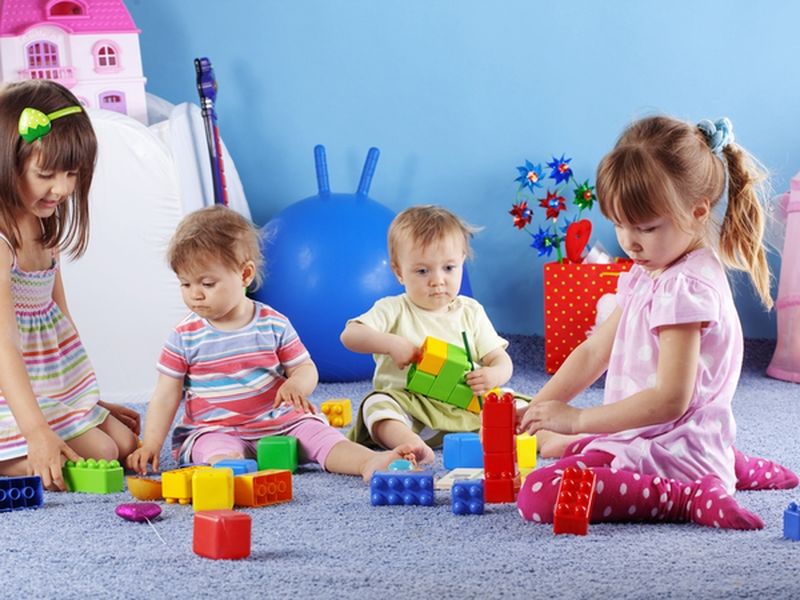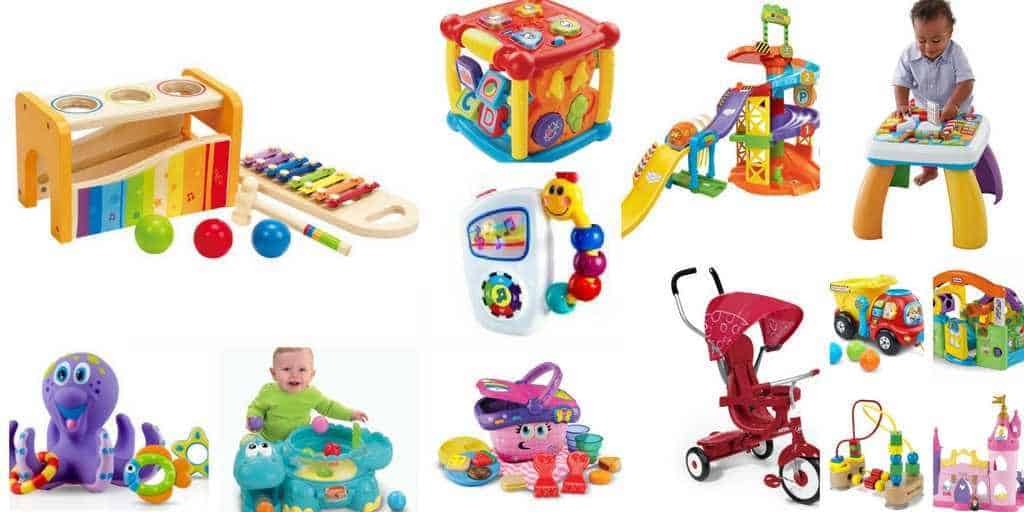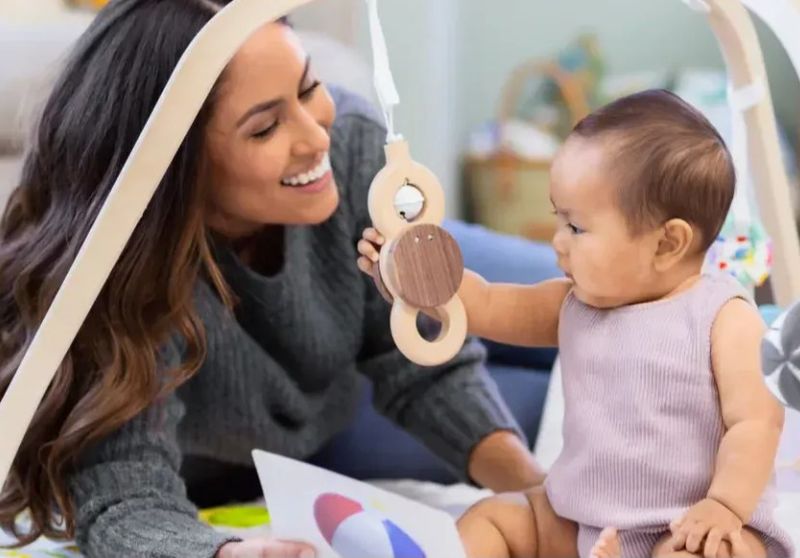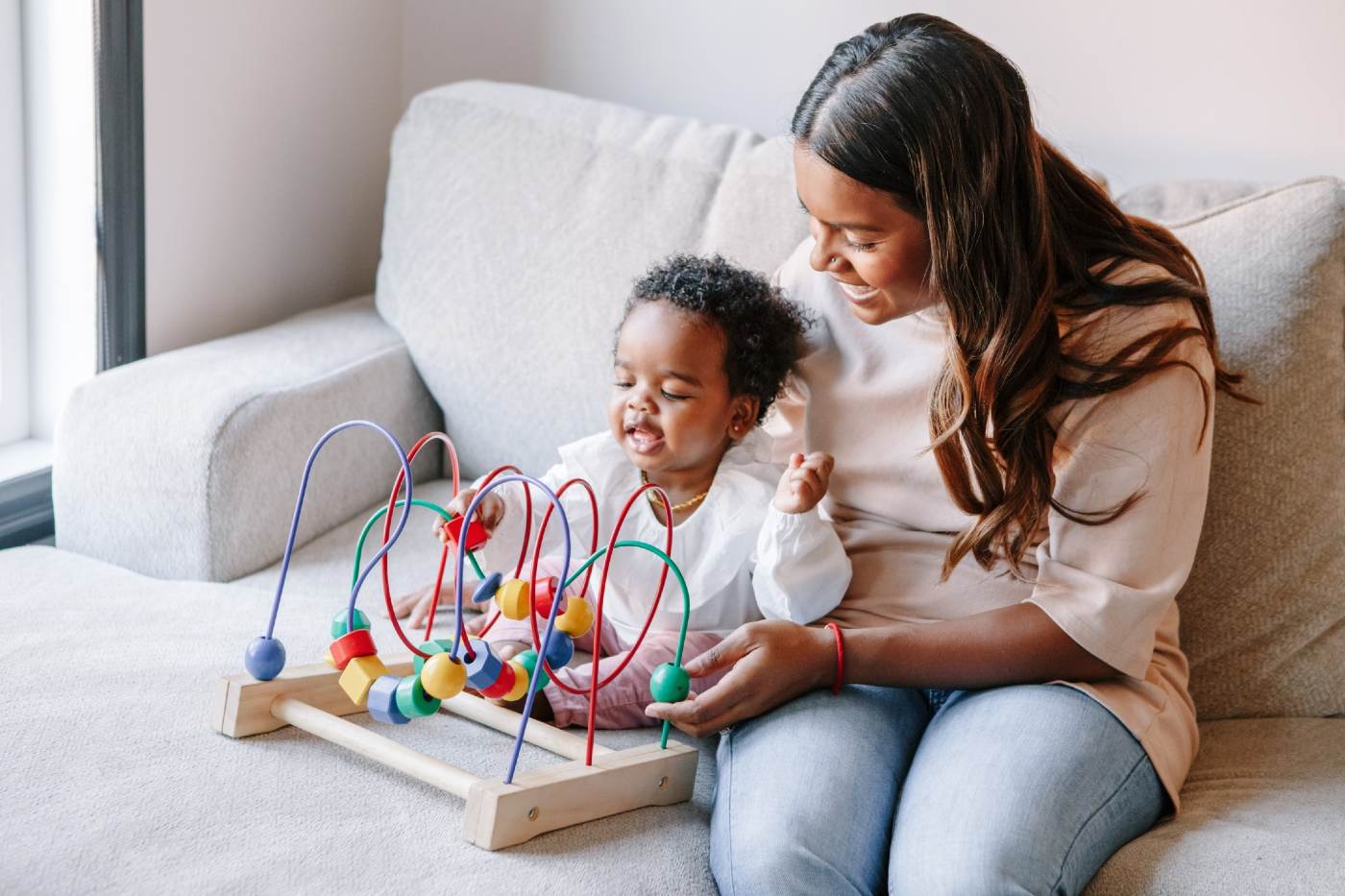
Who Can Use Baby Activity Toys for Infant Care?
As a parenting expert specialising in infant care, I’m excited to delve into the fascinating world of baby activity toys and explore the diverse range of individuals who can incorporate these engaging playthings into their caregiving routines. Baby activity toys are not just for parents – they offer a wealth of opportunities for various caregivers to connect with and support infants in their development. Let’s embark on this journey to discover who can use baby activity toys for infant care and how they can make the most of these versatile tools.
Parents: The Primary Users of Baby Activity Toys for Infant Care
As a parent, you’re likely to be the primary user of baby activity toys in your infant’s care routine. Let’s explore how different types of parents can incorporate these toys effectively:
New Parents: Learning the Ropes with Baby Activity Toys
If you’re a new parent, you might be wondering, “Who can use baby activity toys for infant care when I’m just figuring things out myself?” The answer is simple – you can, and here’s how:
- Bonding time: Use baby activity toys during skin-to-skin contact to enhance your bonding experience.
- Learning your baby’s cues: Observe how your baby responds to different toys to understand their preferences and developmental stage.
- Gaining confidence: Start with simple activity toys and gradually introduce more complex ones as you become more comfortable with your parenting role.
Working Parents: Maximising Quality Time with Baby Activity Toys
For working parents, the question of who can use baby activity toys for infant care often revolves around making the most of limited time. Here’s how you can incorporate these toys effectively:
- Create special playtime rituals: Use specific activity toys during your time with your baby to create memorable routines.
- Engage in developmental play: Choose toys that target specific skills to support your baby’s growth during your time together.
- Share the experience: Involve your partner in playtime with activity toys to ensure consistent engagement.
Stay-at-Home Parents: Incorporating Baby Activity Toys Throughout the Day
If you’re with your baby full-time, you might wonder, “Who can use baby activity toys for infant care to keep things interesting?” The answer is you, in various ways throughout the day:
- Tummy time: Use activity mats and toys to make tummy time more engaging and enjoyable.
- Sensory exploration: Introduce different textures, sounds, and visual stimuli through activity toys during quiet play.
- Bath time fun: Incorporate waterproof activity toys to turn bath time into a learning experience.
Grandparents: Bridging Generations with Baby Activity Toys
Grandparents often ask, “Who can use baby activity toys for infant care besides the parents?” You absolutely can, and here’s how:
- Creating traditions: Choose specific activity toys to use during visits, creating special “grandparent time” traditions.
- Sharing stories: Use soft activity toys as props when telling family stories or singing traditional songs.
- Supporting motor skills: Engage in gentle play with activity toys that encourage reaching, grasping, and hand-eye coordination.
Siblings: Fostering Family Bonds Through Play
Older siblings might wonder, “Who can use baby activity toys for infant care in a way that’s fun for me too?” Here are some ideas:
- Teaching moments: Show your baby sibling how to use different activity toys, fostering a sense of responsibility and pride.
- Cooperative play: Use activity toys that allow for turn-taking or joint play to strengthen sibling bonds.
- Imaginative play: Incorporate baby activity toys into make-believe scenarios, allowing older siblings to lead the play.
Professional Caregivers: Enhancing Childcare with Activity Toys
For nannies, childminders, and nursery workers wondering, “Who can use baby activity toys for infant care in a professional setting?”, here are some approaches:
- Individualised care: Use a variety of activity toys to cater to each baby’s unique interests and developmental needs.
- Group activities: In nursery settings, use activity toys to create engaging group experiences that promote social interaction.
- Routine establishment: Incorporate specific activity toys into daily routines to create structure and predictability.
Extended Family Members: Strengthening Family Ties
Aunts, uncles, and cousins might ask, “Who can use baby activity toys for infant care during family gatherings?” Here’s how you can get involved:
- Special playdates: Bring age-appropriate activity toys when visiting to create memorable interactions.
- Family game time: Use simple activity toys to include the baby in family game sessions.
- Cultural connections: Choose activity toys that reflect your family’s cultural heritage to share traditions from an early age.
Health Professionals: Utilising Activity Toys in Clinical Settings
Paediatricians, occupational therapists, and other health professionals often consider, “Who can use baby activity toys for infant care in a therapeutic context?” Here are some applications:
- Developmental assessments: Use standardised activity toys to evaluate a baby’s progress in various developmental domains.
- Therapy sessions: Incorporate activity toys into treatment plans to make sessions engaging and effective.
- Parent education: Demonstrate how to use activity toys to support development at home.
Early Childhood Educators: Fostering Learning Through Play
For those working in early years settings, the question of who can use baby activity toys for infant care is central to curriculum planning:
- Sensory exploration: Set up activity stations with toys that stimulate different senses.
- Language development: Use activity toys as prompts for descriptive language and early vocabulary building.
- Social skills: Facilitate shared play experiences with activity toys to promote turn-taking and cooperation.
Researchers: Advancing Our Understanding of Infant Development
Developmental psychologists and researchers also consider who can use baby activity toys for infant care in academic contexts:
- Observational studies: Use standardised activity toys to study infant behaviour and preferences.
- Longitudinal research: Track developmental progress over time using consistent sets of activity toys.
- Cross-cultural comparisons: Explore how activity toy use varies across different cultural contexts.
Product Designers: Innovating for the Next Generation
Those involved in creating baby products often ask, “Who can use baby activity toys for infant care in ways we haven’t considered?” Here’s how designers can engage:
- User testing: Observe how different caregivers interact with activity toys to inform design improvements.
- Multigenerational design: Create activity toys that are appealing and easy to use for various age groups.
- Adaptive features: Develop activity toys that can be customised to suit different caregiving contexts and developmental needs.
Special Needs Caregivers: Adapting Play for Every Child
For those caring for infants with special needs, the question of who can use baby activity toys for infant care often requires creative thinking:
- Sensory adaptations: Modify activity toys to suit individual sensory preferences or needs.
- Motor skill support: Choose or adapt activity toys to support specific motor development goals.
- Communication aids: Use activity toys as tools for developing alternative communication methods when needed.
Foster Carers: Building Connections Through Play
Foster carers might wonder, “Who can use baby activity toys for infant care to help babies feel secure?” Here are some approaches:
- Comfort objects: Introduce soft activity toys that can serve as transitional objects for babies adjusting to new environments.
- Consistent play routines: Use the same activity toys across different placements to provide a sense of continuity.
- Bonding tools: Engage in reciprocal play with activity toys to build trust and attachment.
Adoptive Parents: Nurturing New Family Bonds
Adoptive parents often ask, “Who can use baby activity toys for infant care to help with the transition?” Consider these ideas:
- Familiar toys: If possible, use activity toys the baby is already familiar with to provide comfort during the transition.
- Cultural connections: Incorporate activity toys that reflect the baby’s cultural background as well as your family’s culture.
- Sensory comfort: Choose activity toys with soothing textures or sounds to help calm and reassure your new baby.
Travelling Parents: Maintaining Routines on the Go
For families who travel frequently, the question of who can use baby activity toys for infant care often focuses on portability:
- Compact options: Choose small, lightweight activity toys that are easy to pack and transport.
- Multi-purpose toys: Opt for activity toys that can serve multiple developmental purposes to minimise what you need to carry.
- Familiar comforts: Bring a favourite activity toy from home to provide a sense of consistency in new environments.
Conclusion: A Toy for Every Caregiver
As we’ve explored, the answer to “Who can use baby activity toys for infant care?” is wonderfully inclusive. From parents and grandparents to siblings, professional caregivers, and even researchers, these versatile toys offer opportunities for engagement, learning, and connection across a wide spectrum of caregiving relationships.
Whether you’re a new parent looking to bond with your baby, a grandparent hoping to create special memories, or a professional seeking to enhance your work with infants, baby activity toys can be valuable tools in your caregiving toolkit. By understanding the diverse ways in which these toys can be used, you can create rich, stimulating environments that support babies’ growth and development.
Remember, the key to effectively using baby activity toys for infant care lies not just in the toy itself, but in the interaction it facilitates between caregiver and child. So, regardless of your role in a baby’s life, don’t hesitate to explore the world of baby activity toys. You might be surprised at the doors they open for connection, learning, and joy in infant care.






